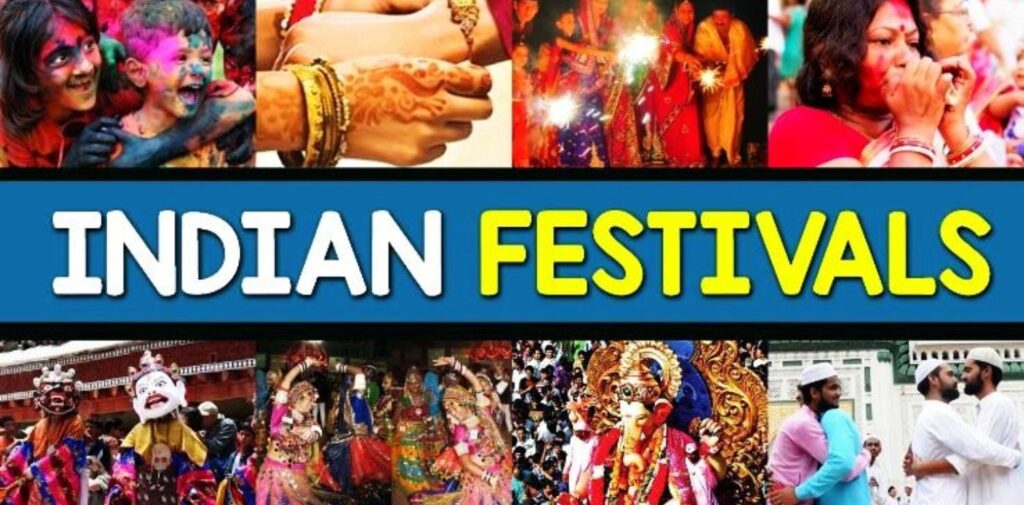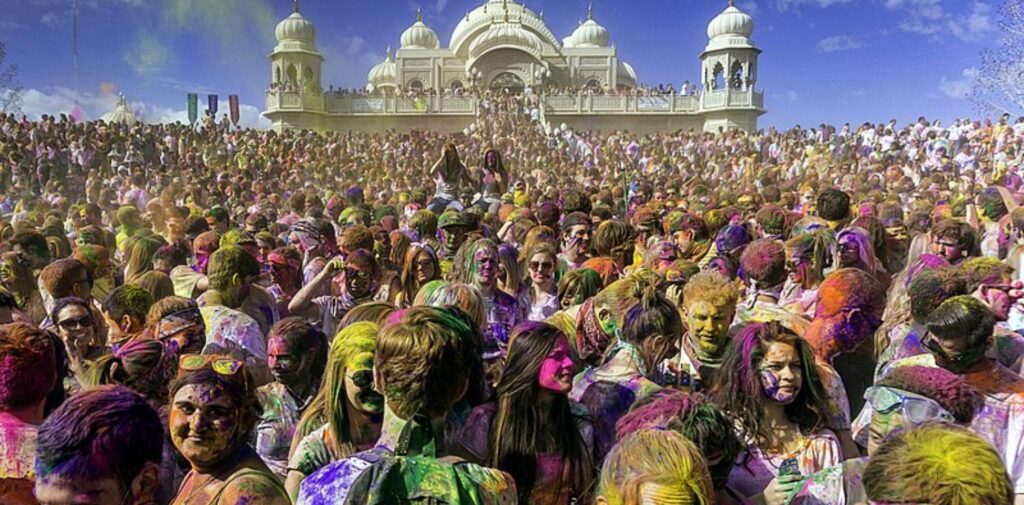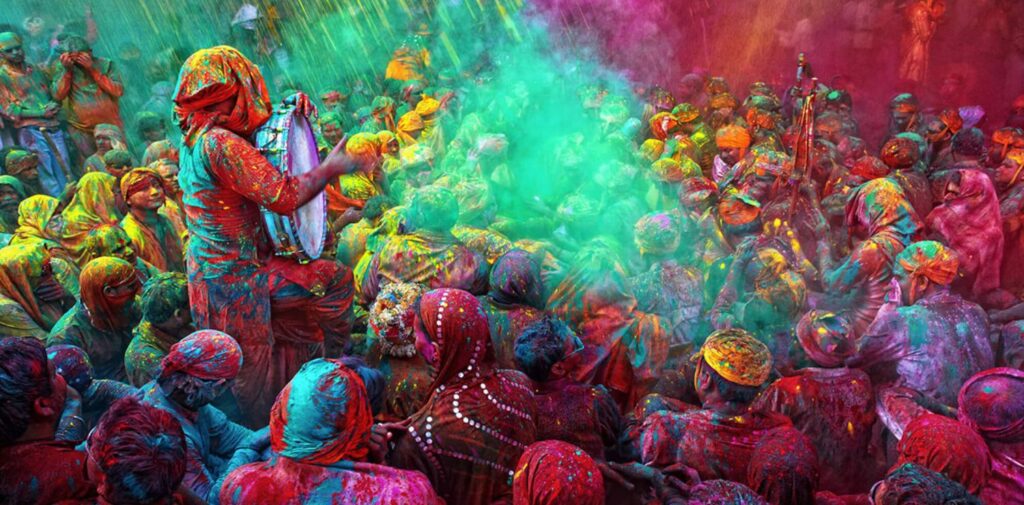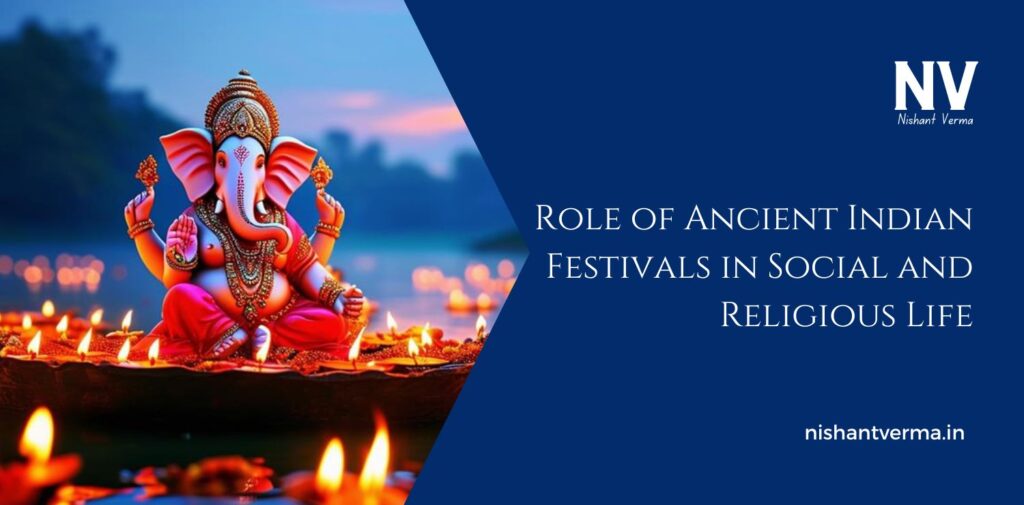India is a land of festivals. Whether it’s a small village or a big city, festivals play a big part in the lives of the people. Ancient Indian festivals, which have been celebrated for thousands of years, continue to shape the social and religious life of the country. They are not just about celebrations, but they also teach us important values, bring communities together, and connect people with their culture and religion.
In this article, we will explore the role of ancient Indian festivals in society and religion. We will look at how these festivals were celebrated in ancient times and why they are so important even today.
What Are Festivals?
Festivals are special days or events that people celebrate to mark important occasions. These occasions could be based on religious beliefs, seasonal changes, historical events, or the harvest of crops. In ancient India, festivals were celebrated with joy and enthusiasm. They were a way for people to come together and celebrate life, nature, and their relationship with the divine.
In India, festivals are deeply connected to religion and traditions. Many festivals are linked to the worship of gods and goddesses, and they follow the teachings of the ancient scriptures. Some festivals also mark seasonal changes, such as the harvest or the beginning of a new year.

The Social Significance of Festivals
Festivals in ancient India were not just about religious rituals. They had a huge social significance as well. They played a key role in bringing people together, creating a sense of community, and strengthening relationships among family members, neighbors, and people in the village or town.
Strengthening Social Bonds
One of the most important roles of festivals was to bring people together. During ancient times, people lived in small communities, and festivals were an opportunity for everyone to come together and celebrate. People would decorate their homes, cook delicious food, wear new clothes, and visit each other’s homes. This helped to strengthen friendships, family bonds, and relationships among people.
For example, Diwali, the festival of lights, was a time when people would light oil lamps (diyas) and decorate their homes with colorful rangoli designs. Neighbors would visit each other, share sweets, and exchange gifts. This created a feeling of togetherness and happiness. Festivals like Holi, the festival of colors, also brought people together in a joyful celebration of life and unity, breaking down social barriers.
Celebrating Unity in Diversity
India is a diverse country, with people from different religions, languages, and cultures. Ancient Indian festivals played an important role in celebrating this diversity. They brought people from different backgrounds together to celebrate common values and beliefs.
For example, Navratri is a festival dedicated to the worship of the goddess Durga. It is celebrated with dance, music, and feasting. While the worship rituals may be different in each region, the joy of the festival connects people across India. Festivals like Makar Sankranti, which marks the harvest season, are also celebrated differently in different parts of the country, but the idea of thanking nature and celebrating the harvest is a shared tradition.
Festivals, therefore, became a way for people of different communities to understand each other’s customs, beliefs, and traditions, fostering a sense of unity despite differences.

The Religious Significance of Festivals
Ancient Indian festivals were deeply tied to religious practices. They were a way for people to honor and worship the gods and goddesses, ask for blessings, and express gratitude for nature’s bounty. These festivals also marked the important events in the lives of deities, such as their birth, marriage, or victory over evil.
Worshipping the Divine
Religious festivals in ancient India often centered around worshipping gods and goddesses. For instance, Diwali celebrates the victory of Lord Rama over the demon king Ravana and his return to his kingdom after 14 years of exile. It is a time to honor Lord Rama and his ideals of truth, honor, and goodness.
Another major festival is Durga Puja, which honors the goddess Durga and her victory over the buffalo demon Mahishasura. This festival celebrates the power of good over evil. People offer prayers, light lamps, and perform rituals to seek the goddess’s protection and blessings for peace and prosperity.
Similarly, Janmashtami celebrates the birth of Lord Krishna, and Sankranti marks the day when the sun enters the zodiac sign of Capricorn, signaling the start of a new harvest season. Such festivals connect people with their faith and remind them of their religious duties and values.
The Cycle of Life and Nature
Many ancient Indian festivals are linked to the cycles of nature. They celebrate the changes in seasons, the harvest, and the natural world. For example, Pongal, celebrated in Tamil Nadu and other parts of southern India, is a festival of thanksgiving for a good harvest. It marks the end of winter and the beginning of the harvest season.
Vasant Panchami, which marks the arrival of spring, is another festival where people celebrate the beauty of nature, flowers, and new life. It is a time to honor Saraswati, the goddess of knowledge, arts, and learning.
These festivals help people connect with nature and express gratitude for the earth’s abundance. They remind us of our connection to the environment and the need to respect nature.
Fasting and Rituals
Fasting and performing rituals are important aspects of many religious festivals in India. These rituals are seen as a way of purifying the mind and body, and they help people focus on their spiritual growth. For example, during Navratri, people fast and worship Durga for nine days, asking for blessings and strength.
Similarly, Karva Chauth is a festival where married women fast for the well-being of their husbands. These fasting rituals are a way to show devotion and love, and they also help people build self-discipline and focus on their spiritual lives.

Festivals and Their Impact on Arts and Culture
Festivals also played a significant role in the development of arts and culture in ancient India. Festivals were occasions for performances, dances, music, and theatrical plays. Rath Yatra, the chariot procession of Lord Jagannath in Puri, is a major cultural event where music, dance, and colorful celebrations take place.
During Dussehra, a festival that marks the victory of good over evil, performances like Ramlila (a play based on the Ramayana) are organized in many parts of India. This helped in spreading the stories of gods and heroes in an entertaining way, and it also promoted the arts, including drama, dance, and music.
Conclusion – Ancient Indian Festivals
Ancient Indian festivals played an essential role in shaping the social and religious life of people. They were more than just celebrations—they were a way to strengthen social bonds, honor the gods, connect with nature, and preserve cultural traditions. Even today, these festivals continue to play a vital role in bringing communities together, teaching moral values, and keeping people connected to their roots.
By understanding the significance of these festivals, we not only learn about India’s rich cultural heritage but also about the timeless values of love, peace, and unity that these festivals promote. Festivals will always be an important part of life in India, reminding everyone of the beauty of life and the importance of staying connected to our spiritual and cultural roots.




